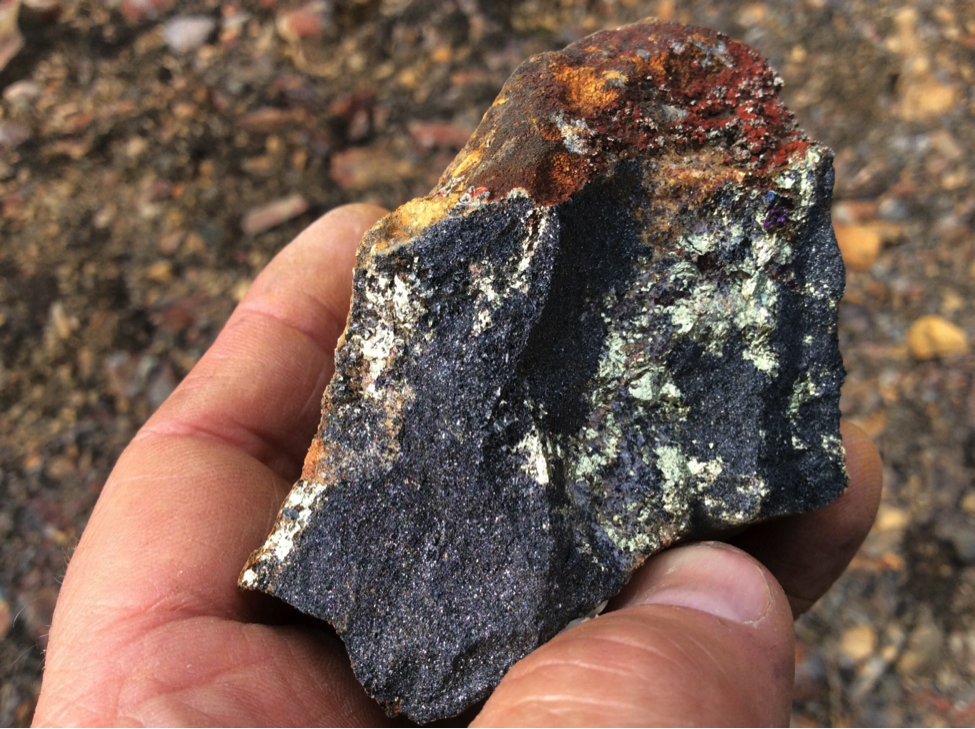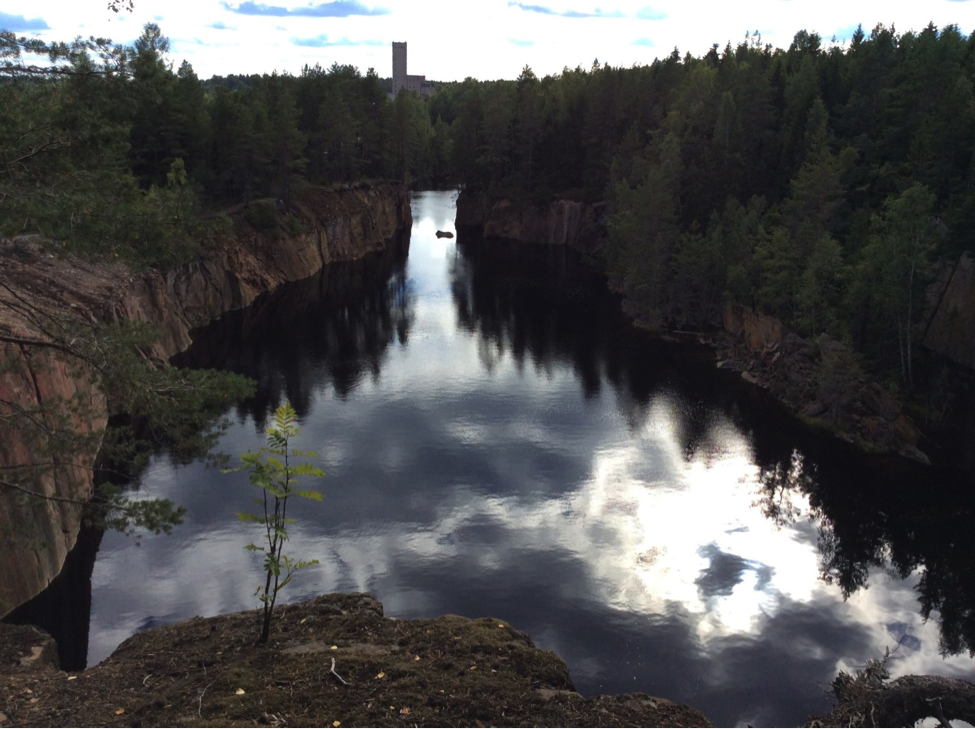Riddarhyttan
The Riddarhyttan project is located in central Sweden 150 km northwest of Stockholm. EMX acquired the Riddarhyttan license in 2016 while following up on historic iron mines with associated copper, cobalt and gold mineralization. These mines occur along a ~15 km belt of IOCG deposits with cobalt, molybdenum, REE’s and other metals. Past production was focused on iron, with some copper as well as cobalt and REE’s. Production from Riddarhyttan started in medieval times and has produced intermittently and recently produced iron until 1979. REE, cobalt, molybdenum and zinc mineralization is also developed in vicinity of iron oxide deposits.
The host rock consists of Paleoproterozoic (1.8-1.9 Ga) metavolcanic and metasedimentary rocks, dominated by rhyolite and interbedded carbonates with extensive sodic-calcic alteration: actinolite-albite (local scapolite) altered metavolcanic rocks (expected source rocks). Calc-silicate (skarn) alteration hosted in carbonate-bearing host rocks, and Mg-rich alteration (anthophyllite–cordierite) associated with massive sulfides.

 Click to Enlarge
Click to Enlarge
 Click to Enlarge
Click to Enlarge
 Click to Enlarge
Click to Enlarge